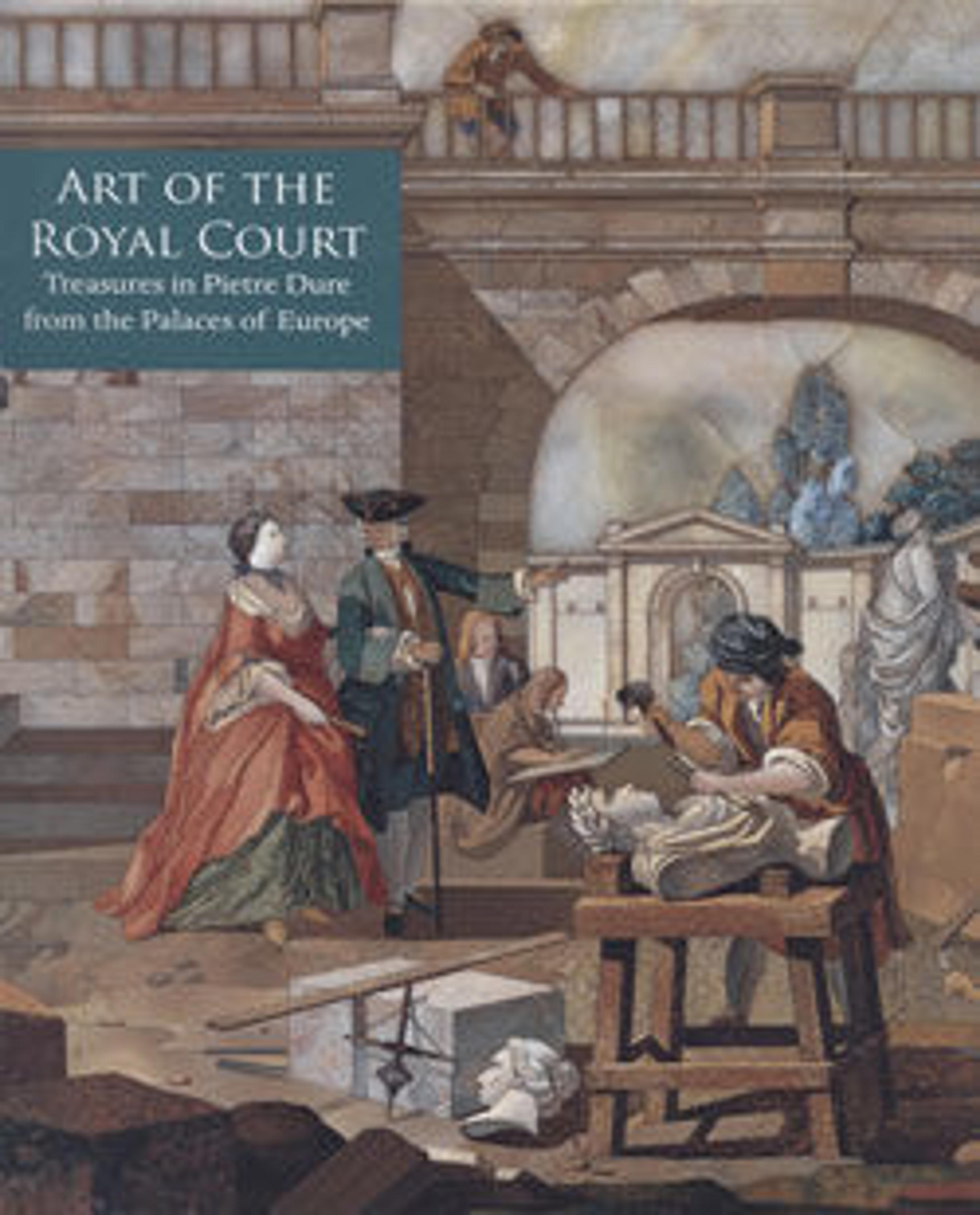Standing cup with cover
This oval cup with cover was part of the treasury of Louis XIV since the mid-1680s. Together with other hardstone objects in the king’s collection (see also 17.190.594 and 1982.60.134), it was originally displayed in the Galerie d’Apollon at the Louvre and was listed in various royal inventories. The number 318 incised in the gold mount underneath the foot corresponds to the inventory drawn up after the Revolution in 1791. The cup and base were cut of one kind of agate and the lid from another, all done in France between 1640 and 1660. The finely chased, partly enameled gold and gilded-silver mounts were created during the same period by a French goldsmith. The finial, consisting of a partly enameled stag on a base set with a diamond and rubies, was added during the late 19th or early twentieth century but before 1911 when the cup was sold at the Paris auction of the collection of Baron Carl Mayer de Rothschild
Artwork Details
- Title: Standing cup with cover
- Date: cup: mid-17th century, finial: 19th–early 20th century
- Culture: French, Paris
- Medium: Agate, silver gilt, gold, enamel, rubies, diamond
- Dimensions: Overall: 7 × 5 × 3 3/8 in. (17.8 × 12.7 × 8.6 cm)
- Classification: Metalwork-Gold and Platinum
- Credit Line: The Friedsam Collection, Bequest of Michael Friedsam, 1931
- Object Number: 32.100.241a, b
- Curatorial Department: European Sculpture and Decorative Arts
More Artwork
Research Resources
The Met provides unparalleled resources for research and welcomes an international community of students and scholars. The Met's Open Access API is where creators and researchers can connect to the The Met collection. Open Access data and public domain images are available for unrestricted commercial and noncommercial use without permission or fee.
To request images under copyright and other restrictions, please use this Image Request form.
Feedback
We continue to research and examine historical and cultural context for objects in The Met collection. If you have comments or questions about this object record, please complete and submit this form. The Museum looks forward to receiving your comments.
